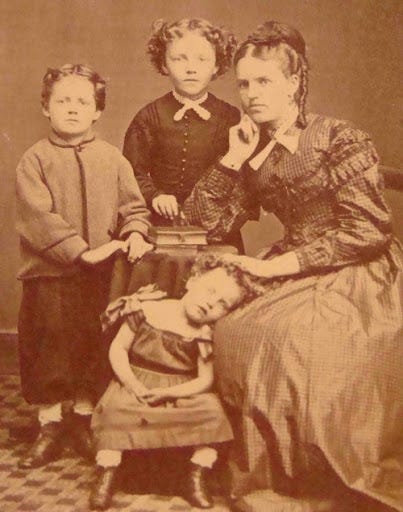The Practice of Death Photography in Victorian Times
The death of a loved one was often the catalyst for the first family photo

 In Victorian times death was another part of life. It was a time before vaccines or antibiotics. The Victorians didn’t understand the relationship between health and hygiene. Consequently, outbreaks of disease became epidemics. Dying from diphtheria, typhus, smallpox, and cholera was the norm. Childhood mortality was common — often, a mother would bury half of the children she gave birth to.
In Victorian times death was another part of life. It was a time before vaccines or antibiotics. The Victorians didn’t understand the relationship between health and hygiene. Consequently, outbreaks of disease became epidemics. Dying from diphtheria, typhus, smallpox, and cholera was the norm. Childhood mortality was common — often, a mother would bury half of the children she gave birth to.
It was expensive to sit for a portrait. Only the wealthy could afford them. While still expensive, the invention of photographs made a photography session more affordable. When a loved one died, a picture was a lasting memento — and often the only family picture. The expense was justified.
Displaying the dead
Displaying photos of the deceased is considered distasteful today. But, the post-mortem photos of Victorian times were a loving tribute to the dead. A treasure proudly displayed on the mantelpiece. They were proof that the person had lived.
The first post-mortem photos were simple, a photo of the deceased in their casket. The casket often decorated with flowers.
